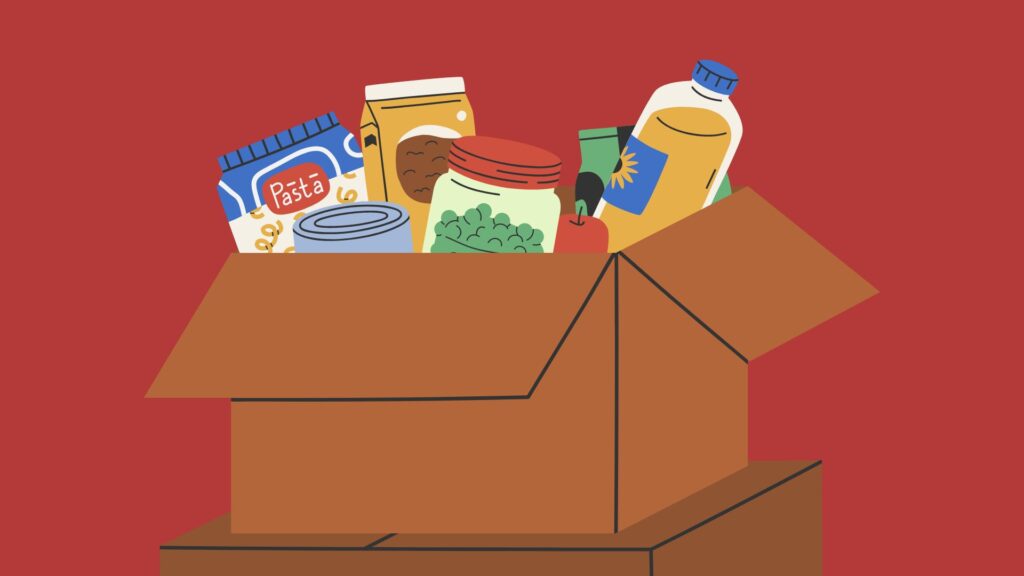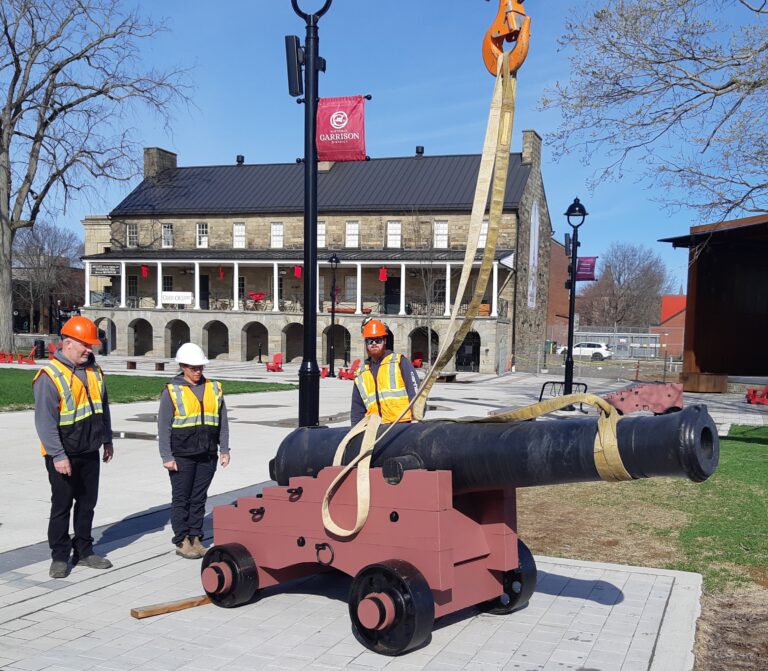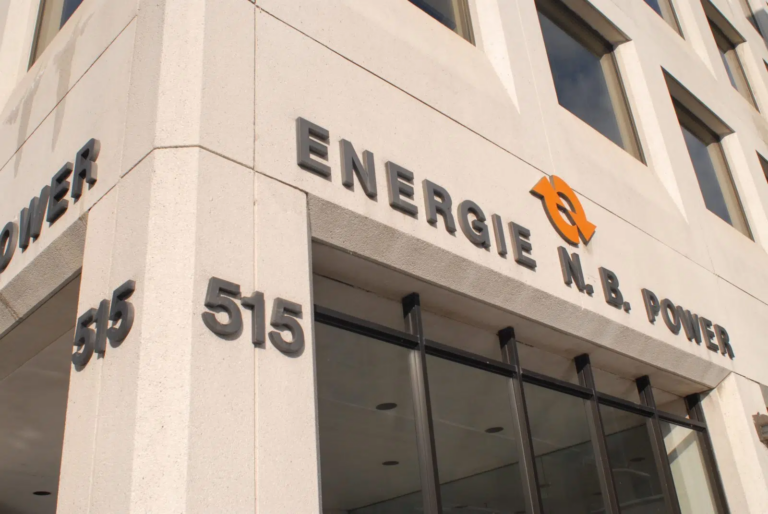On January 5th, 2023, the UNB Student Union (UNBSU) took to its official Instagram account to announce its newest program: the UNBSU Campus Food Bank. This initiative is a partnership between the Student Union and a local charity, Greener Village. If registered in this program, students will receive, “a range of sustenance, including non-perishable goods, and perishable food items.”
The Brunswickan spoke with Amanda Smith, the current President of the UNBSU. According to her, the food bank was created to address the affordability crisis and the rising costs of tuition.
“[Tuition has] been going up every few years,” she said, “it’s gonna probably go up again in the fall.”
Some students face structural disadvantages to afford their education and earn a living. “We don’t have a reliable transit system either,” Amanda pointed out, “so students can’t necessarily get to a part-time job right now to be able to afford their lifestyle, textbooks, and food.”
The UNBSU Campus Food Bank is a convenient alternative to regular food banks, particularly because of its accessibility to students. “This is a source that is right here for them on campus,” she argued.
But how does the food bank work? Students should sign up for the UNBSU Campus Food Bank on its official website. Registrations are done monthly and students will receive an identification number, as well as an assigned pick-up date and time.
Pick-ups are usually done in the evenings so students will not have to worry about conflicting schedules. “At least this way we are gonna guarantee a time for you that you’re able to access the service,” said Amanda.
Although the idea of establishing a food bank is in no way new, it became feasible with the renovations at the Student Union Building (SUB). “Because the Student Union Buildings is under renovation, we got really lucky,” Amanda said, “we were able to get [a room] just right up [at] CHSR.” The UNBSU Food Bank is located in room 226.
Unfortunately, graduate students are currently unable to access the food bank. Amanda acknowledges this limitation, however commented on progress:
“We’re currently working on a partnership with the Graduate Students Association, as we’ve done all the groundwork,” she said, “so we’re hoping they’ll join us with the fundraising part of it right so that we can just share the service and that we’re making sure everybody’s fed if they need it.”
She traces the idea of the food bank back to her earlier years in the Student Union: “When I was VP Events and Services, two years ago, we were doing the food box program with Greener Village.” At the very start, the boxes were in high demand – but the numbers lowered dramatically between September and April. “It went from 2,008 to 100,” she said.
Logistically, the earlier program was very challenging: “We were taking our two SafeRide vehicles over to pick up those boxes, so that’s 100 boxes.”
“It would be quite a job for just myself and a couple [of] other students to actually have to lug all those boxes into this hallway actually at the Student Union.” The students would have 24 hours to pick up the boxes, otherwise they would be returned. In many instances, because of scheduling conflicts, they were unable to pick the boxes up.
“It was not a very sustainable way of doing things,” said Amanda.
Among the other food-related initiatives run by the UNBSU are the free breakfast program, Sobey’s grocery run, and the fresh food bags partnership with Community Food Smart. More information may be found here.
The food bank is a welcome addition to the UNBSU’s other food-related programs — some more successful than others. Amanda herself has had a long-standing commitment to addressing the issue of food insecurity at UNB.




